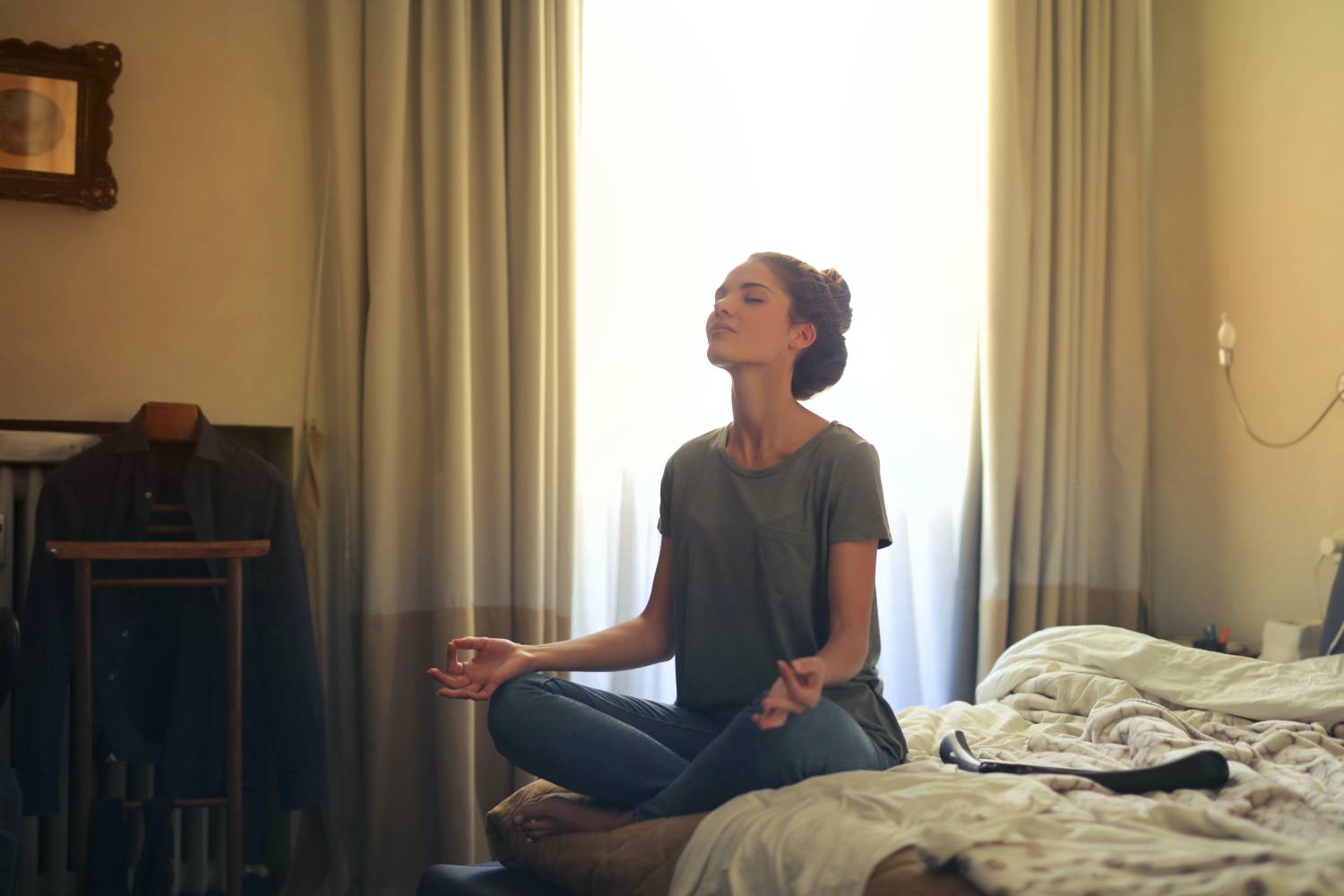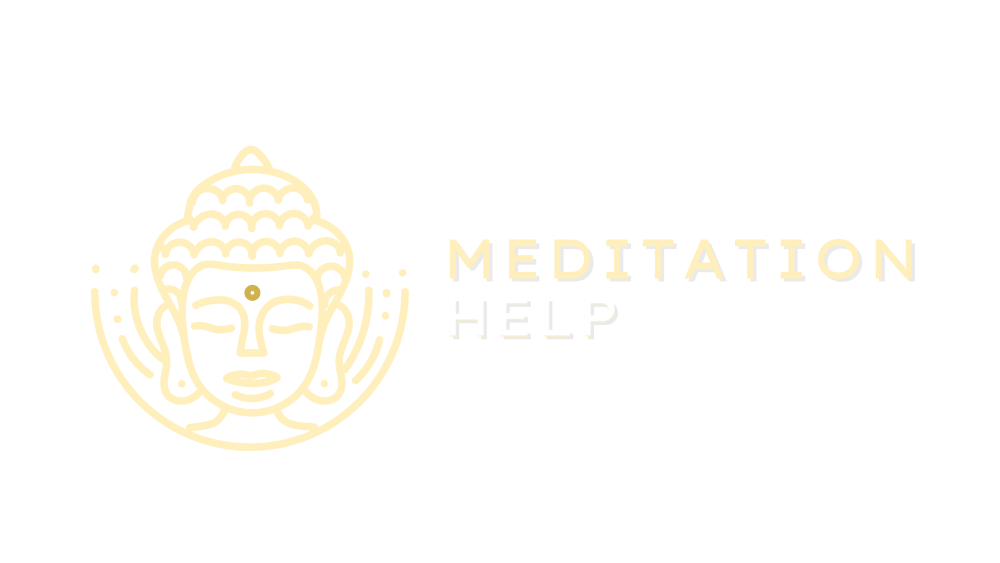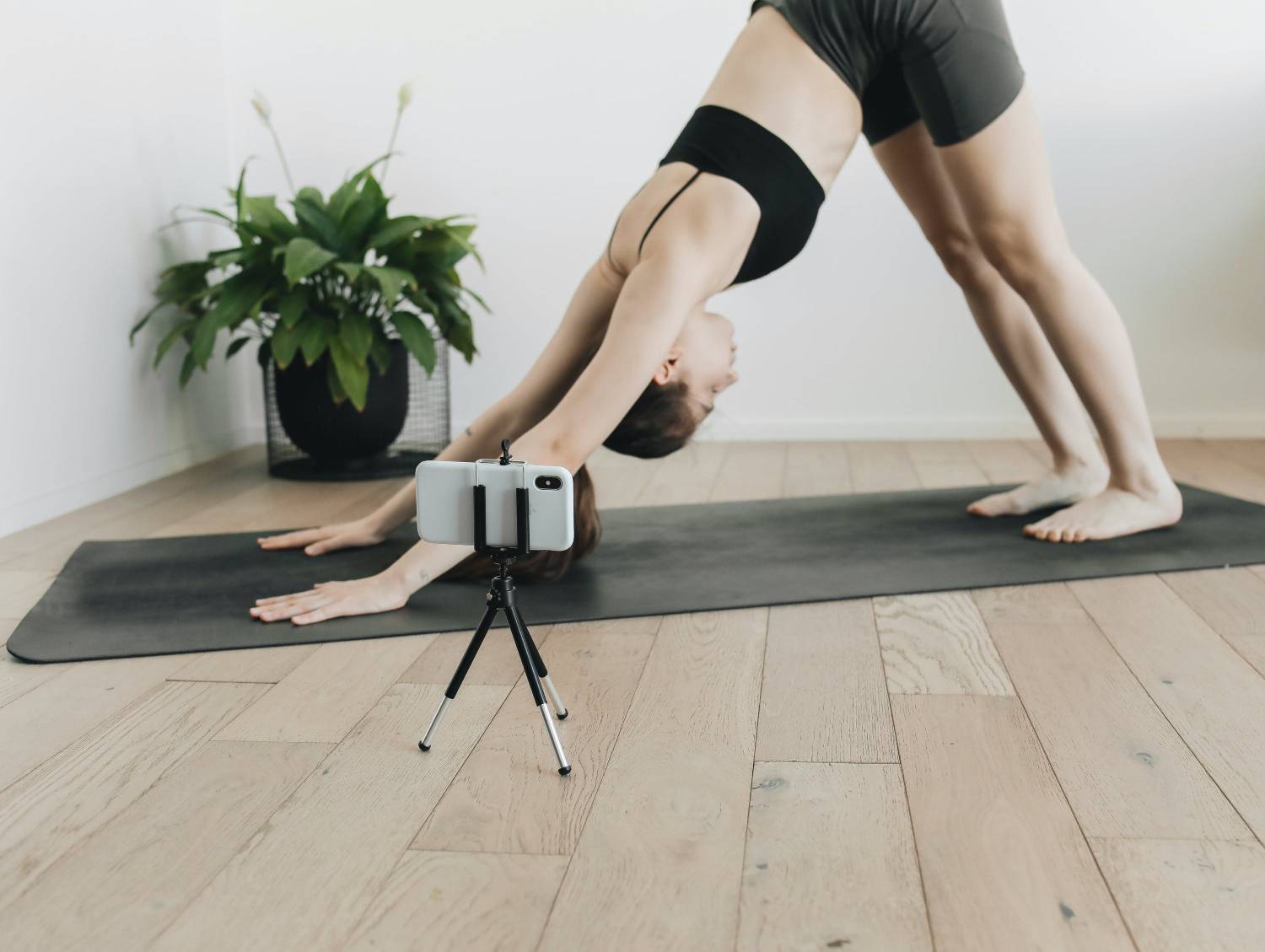
In the fast-paced rhythm of modern life, finding a moment of peace can seem like a luxury. Amidst the whirlwind of responsibilities and digital distractions, our minds often crave a haven of tranquility. This is where the ancient practice of meditation comes into play, offering not just a brief respite, but a profound transformation of your daily life. Let’s explore how incorporating daily meditation can be a game-changer for your mental, emotional, and physical well-being.
Mental Clarity and Focus
One of the most immediate benefits of daily meditation is enhanced mental clarity and focus. In a world where multitasking is often celebrated, our attention is constantly divided, leading to a phenomenon known as ‘mental fog’. Meditation cuts through this fog. By training your mind to focus on the present moment, typically through breath awareness or guided imagery, meditation sharpens your concentration. Regular practitioners often report improved memory and attention span, making them more efficient in both their personal and professional lives.
Stress Reduction and Emotional Balance
Stress is an inevitable part of life, but its management is crucial for maintaining mental health. Meditation is known for its incredible ability to reduce stress. It encourages a state of relaxation, which in turn lowers the levels of cortisol, the stress hormone. This reduction in stress can have a ripple effect, improving your overall mood and emotional well-being. Moreover, meditation fosters a greater awareness of your thoughts and feelings, allowing you to observe them without judgment. This mindful awareness helps in developing a balanced emotional response to the ups and downs of life.
Enhanced Physical Health
The benefits of meditation aren’t just confined to mental and emotional realms; they extend to physical health as well. Regular meditation has been linked to lower blood pressure, reduced symptoms of anxiety and depression, and even a stronger immune system. The relaxation response triggered by meditation helps in reducing inflammation and improving heart health. Additionally, for those struggling with chronic pain, meditation can provide significant relief by altering the perception of pain and helping the mind to focus on other things.
Improved Sleep Quality
In our 24/7 society, a good night’s sleep has become something of a rarity. Meditation can be a powerful tool in improving the quality of your sleep. By calming the mind and reducing the racing thoughts that often lead to insomnia, meditation makes it easier to fall asleep and stay asleep. This improved sleep quality can have a profound impact on your overall energy levels and health.
Deepened Self-Awareness and Personal Growth
Perhaps one of the most profound benefits of daily meditation is the journey it sparks towards self-awareness and personal growth. Meditation encourages introspection and a deeper understanding of oneself. This self-awareness can lead to greater empathy and compassion, both for oneself and others. As you become more attuned to your inner thoughts and feelings, you may find a greater sense of purpose and direction in life.
Cultivating Mindfulness in Everyday Activities
Meditation also teaches the art of mindfulness – the ability to be fully present and engaged in the moment. This skill can transform mundane daily activities into moments of mindfulness, whether it’s savoring a meal, enjoying a walk, or simply listening to a loved one. By being fully present, you can find joy and contentment in the simplest of activities.
Incorporating daily meditation into your routine is like planting a seed of tranquility in the garden of your mind. As you nurture this practice, the benefits begin to flourish, touching every aspect of your life. From mental clarity to emotional stability, physical health to personal growth, the transformative power of meditation is boundless. It’s a journey that begins with a single moment of stillness, a journey towards a more serene, mindful, and fulfilling life.
Image via Pexels


